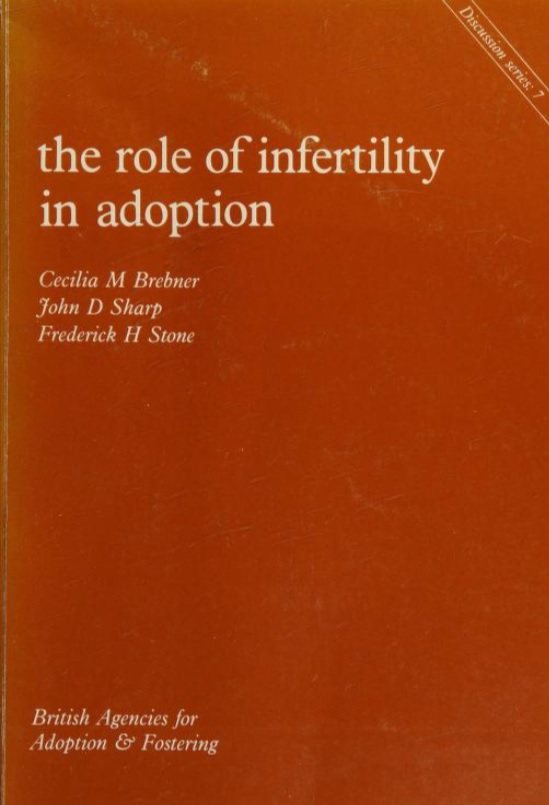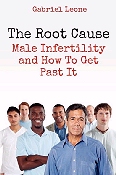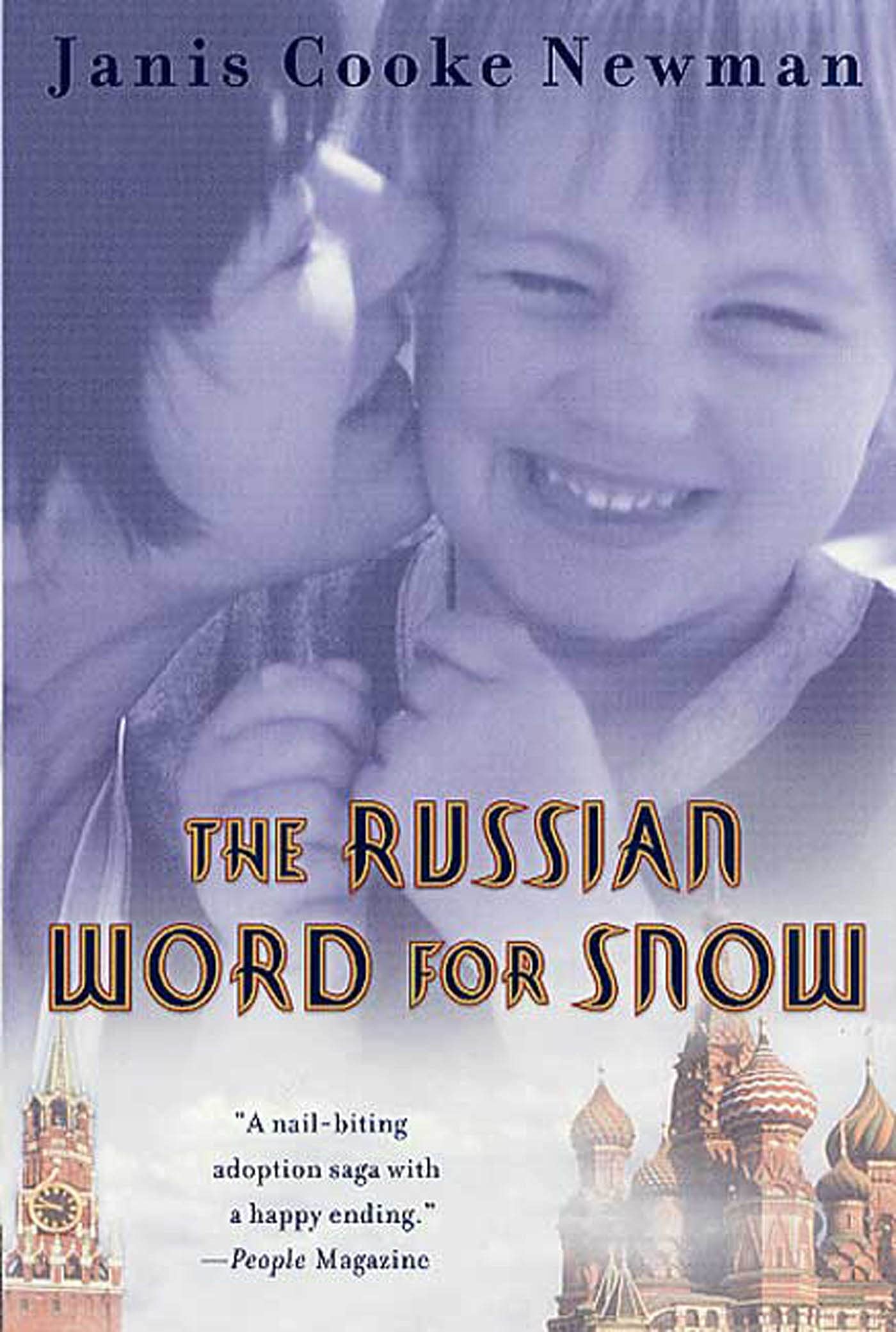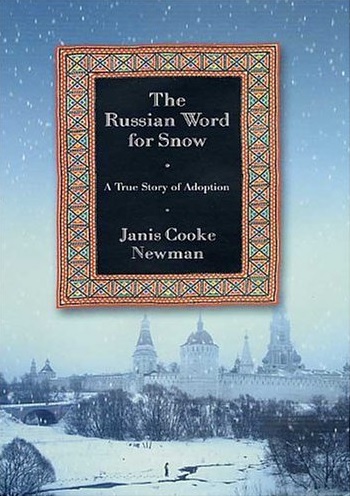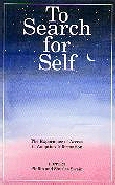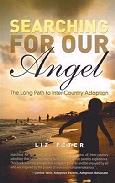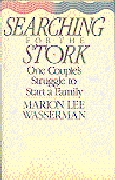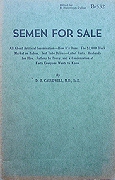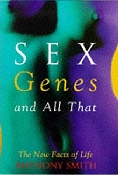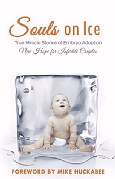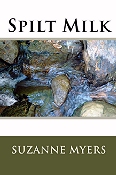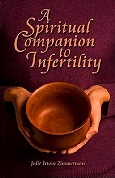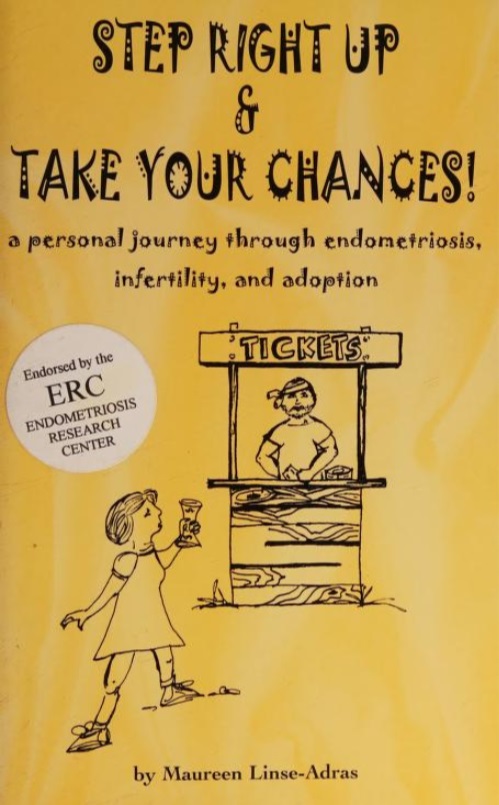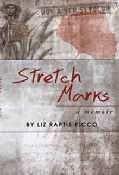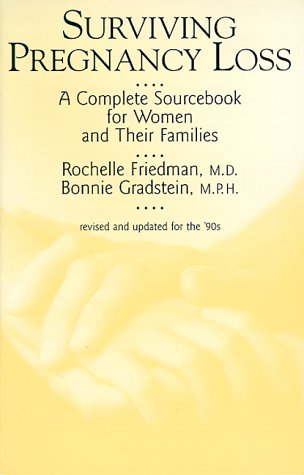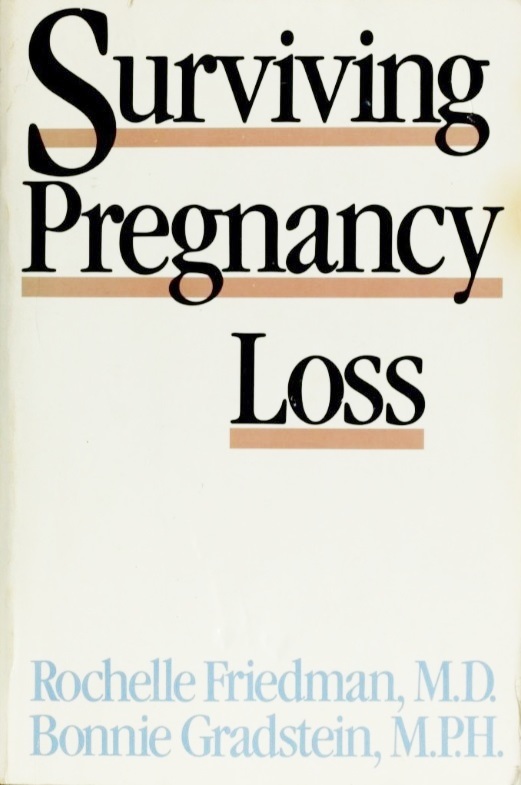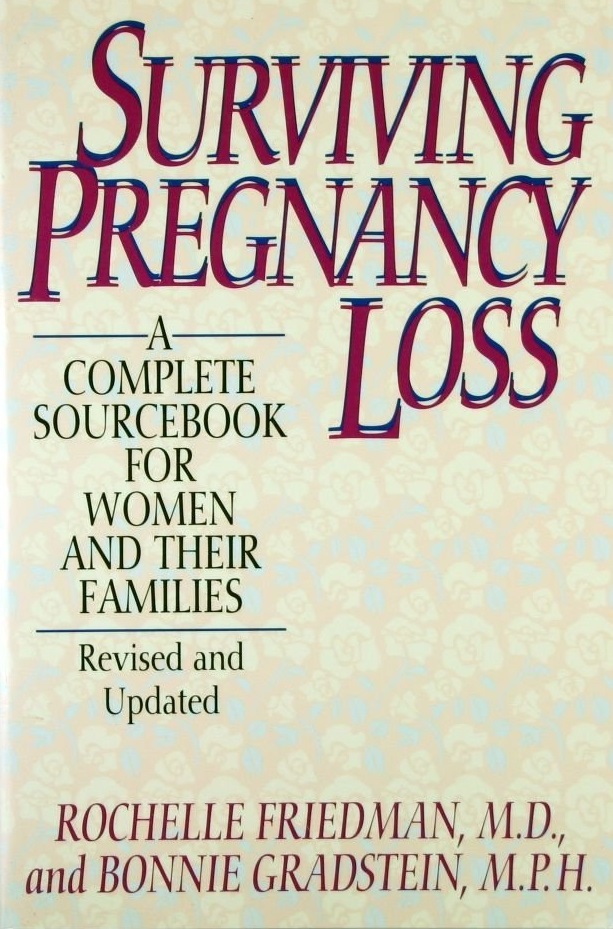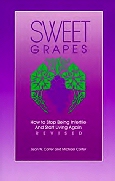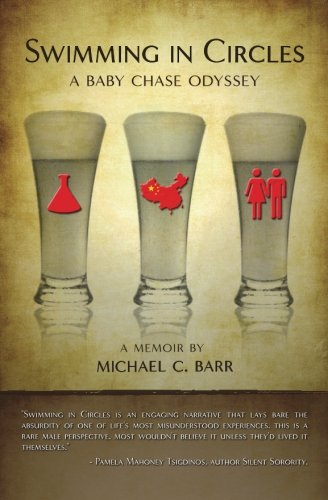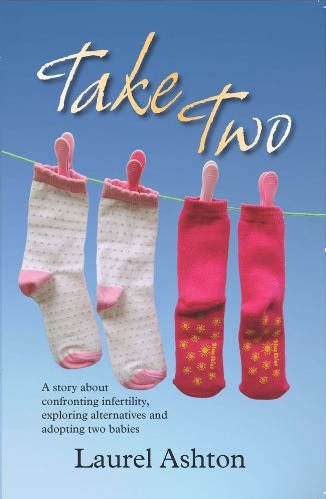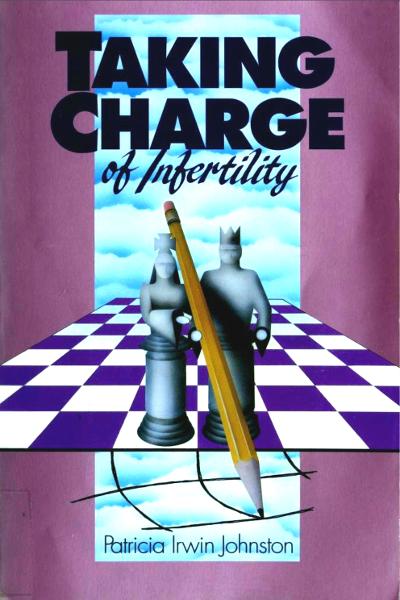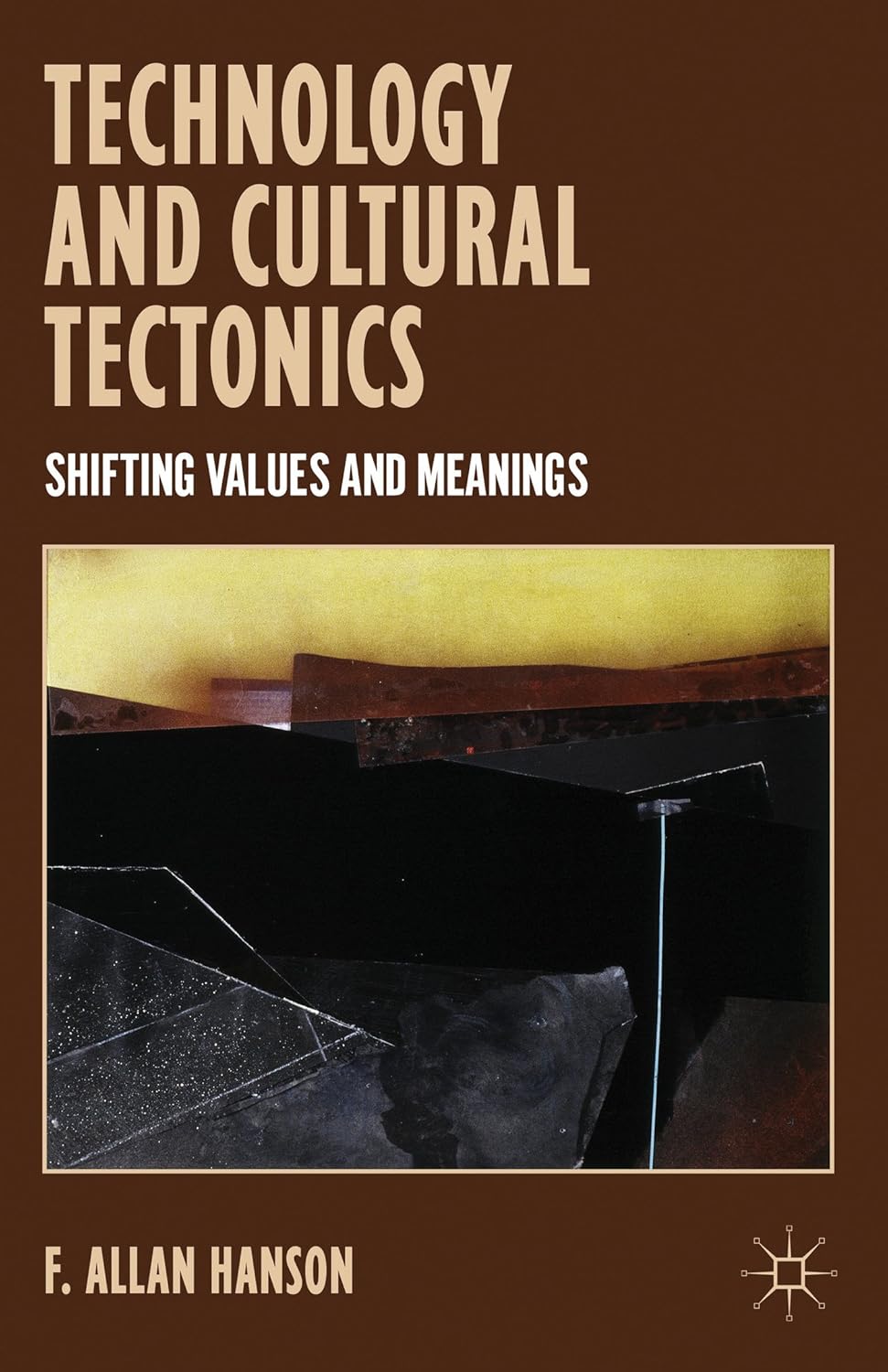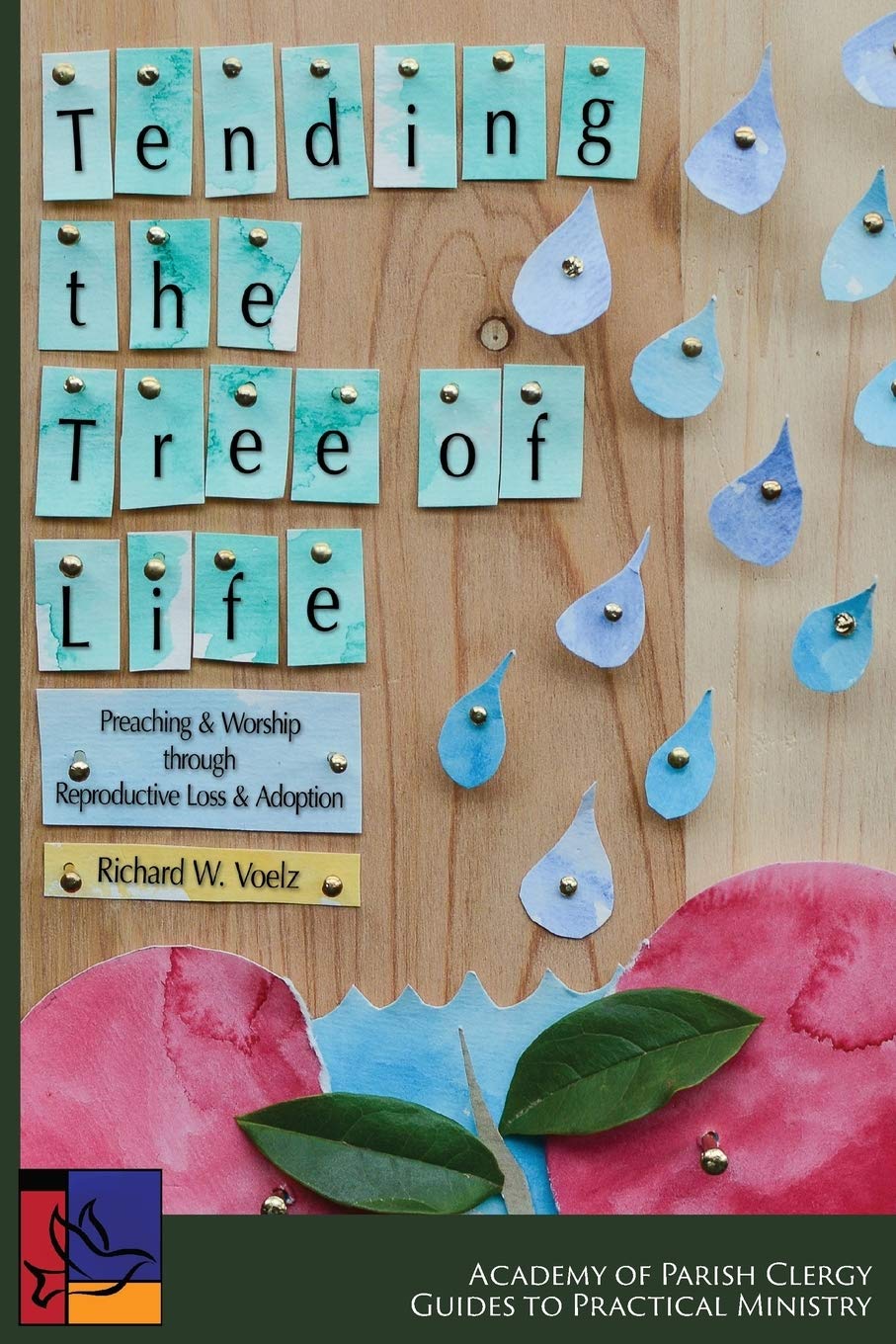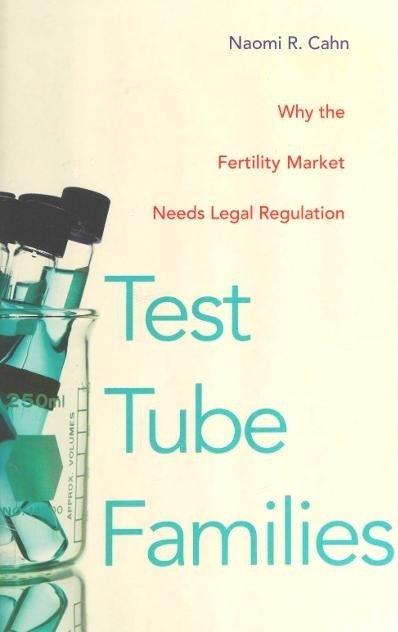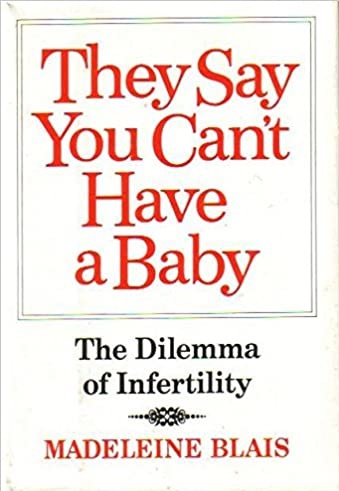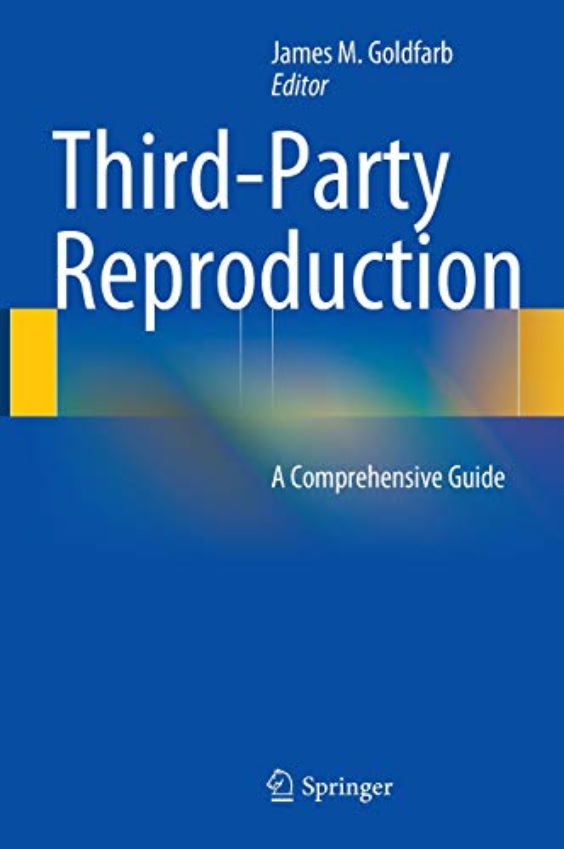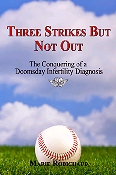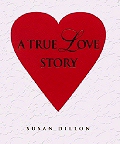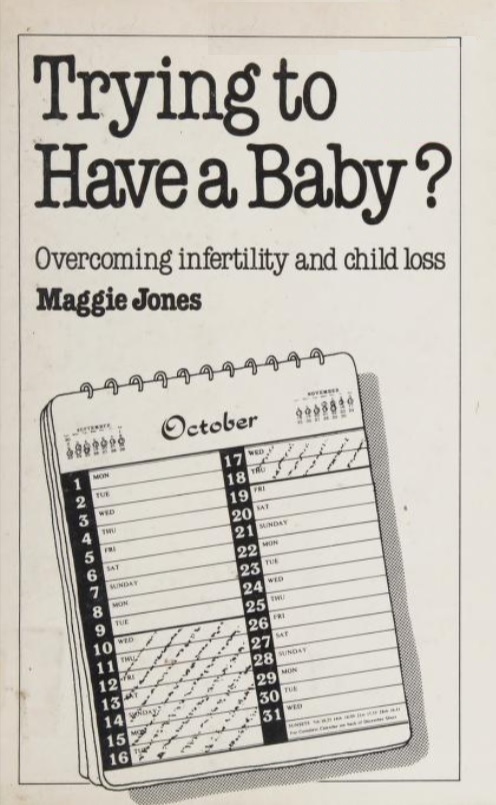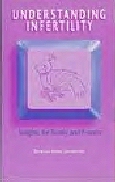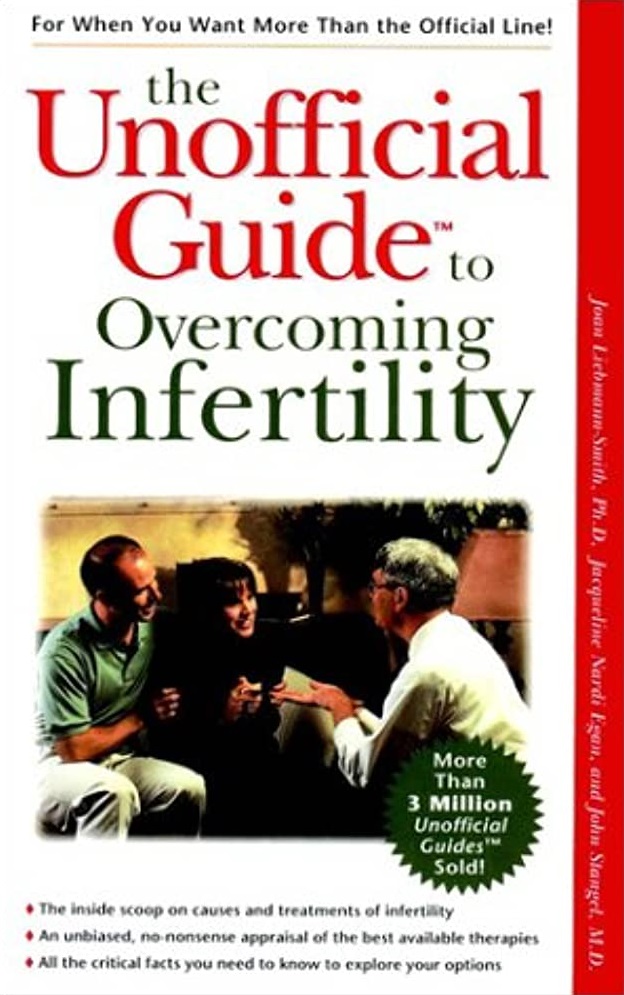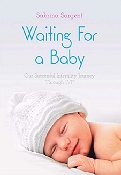From the Dust Jacket:
The birth of the first test tube baby in 1978 focused attention on the sweeping advances in assisted reproductive technology (ART), which is now a multi-billion-dollar business in the United States. Sperm and eggs are bought and sold in a market that has few barriers to its skyrocketing growth. While ART has been an invaluable gift to thousands of people, creating new families, the use of someone else’s genetic material raises complex legal and public policy issues that touch on technological anxiety, eugenics, reproductive autonomy, identity, and family structure. How should the use of gametic material be regulated? Should recipients be able to choose the “best” sperm and eggs? Should a child ever be able to discover the identity of her gamete donor? Who can claim parental rights?
Naomi R. Cahn explores these issues and many more in Test Tube Families, noting that although such questions are fundamental to the new reproductive technologies, there are few definitive answers currently provided by the law, ethics, or cultural norms. As a new generation of “donor kids” comes of age, Cahn calls for better regulation of ART, exhorting legal and policy-making communities to cease applying piecemeal laws and instead create legislation that sustains the fertility industry while simultaneously protecting the interests of donors, recipients, and the children that result from successful transfers.
Incorporating real-life stories to illustrate her arguments, Cahn provides specific suggestions for legal reforms. The book sets out a series of controversial proposals, including an end to donor anonymity and a plea for states to clarify parentage decisions. She also calls for the federal government to regulate ART processes to ensure that donors are adequately protected against exploitation, that recipients receive the gametes they have been promised, and that the market functions ethically as well as efficiently.
About the Author:
Naomi R. Cahn
is John Theodore Fey Research Professor of Law at the George Washington University Law School and a Senior Fellow at the Evan B. Donaldson Adoption Institute. She is coauthor, with Douglas E. Abrams, Catherine J. Ross, and David D. Meyer, of Contemporary Family Law, coeditor with Joan Heifetz Hollinger, of Families by Law: An Adoption Reader (NYU Press, 2004), and, with Helena Michie, coauthor of Confinements: Fertility and Infertility in Contemporary Culture (Rutgers University Press).
By the Same Author:
Families By Law: An Adoption Reader (with Joan Heifetz Hollinger; 2004);
The New Kinship: Constructing Donor-Conceived Families (2013); and
Finding Our Families: A First-of-Its-Kind Book for Donor-Conceived People and Their Families (with Wendy Kramer; 2013, Avery), among others.
